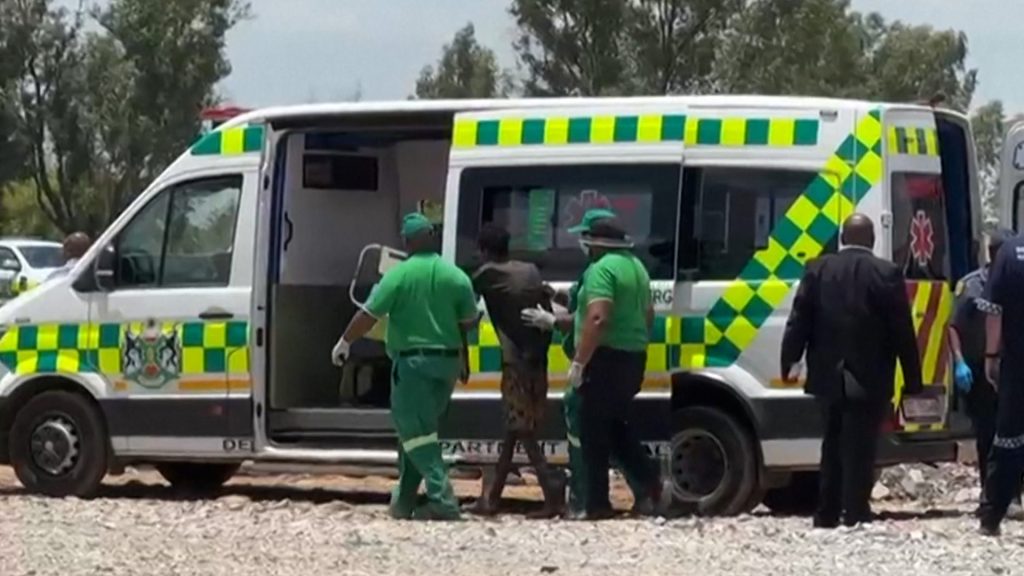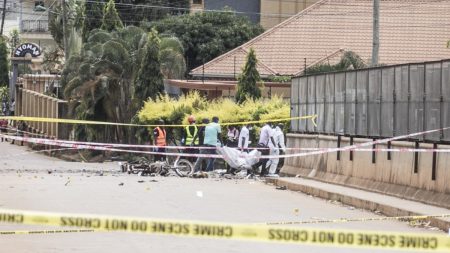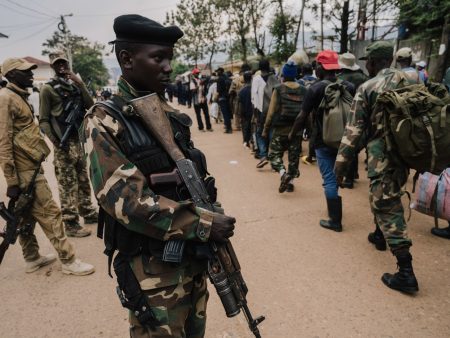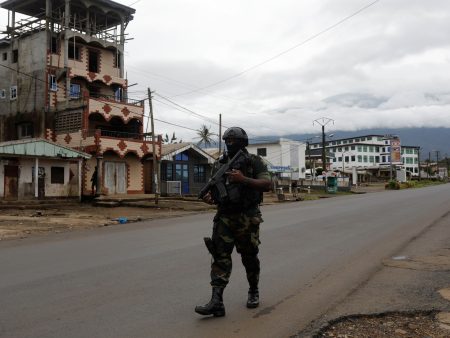Deep beneath the sun-baked earth of Stilfontein, South Africa, a chilling drama of survival and despair unfolded in the echoing depths of an abandoned mineshaft. For months, a group of illegal miners, driven by desperation and the elusive promise of gold, had toiled in the perilous darkness, their existence hidden from the world above. Their clandestine operation, a dangerous gamble in the pursuit of fortune, turned into a desperate fight for survival when they became trapped, their fate hanging precariously in the balance.
News of the miners’ plight finally reached the surface, sparking a frantic rescue operation that gripped the nation and drew the attention of international media. Al Jazeera’s Hatu Mutasa reported from the scene, capturing the raw emotion and tension that permeated the air. As rescue workers tirelessly labored to reach the trapped miners, the world watched with bated breath, hoping against hope that they would emerge alive from the subterranean abyss. The scene at the mine head was a stark tableau of contrasting emotions: the anguished families of the trapped miners clinging to hope, the stoic determination of the rescue teams battling against time and the daunting depths, and the somber reality that some would not make it out alive.
The rescue operation itself was a herculean effort, fraught with challenges. The abandoned mineshaft, a labyrinthine network of tunnels and shafts, posed significant risks to the rescuers. The lack of proper ventilation, the unstable ground conditions, and the ever-present danger of collapse created a hazardous environment that demanded meticulous planning and execution. Specialized equipment, including heavy machinery, breathing apparatus, and communication systems, were deployed to navigate the treacherous underground terrain and locate the trapped miners. The rescuers, working in shifts around the clock, faced physical exhaustion, psychological strain, and the constant threat of danger as they inched closer to their objective.
As days turned into weeks, the hope of finding survivors began to dwindle. The harsh conditions within the mineshaft, the lack of food and water, and the psychological toll of confinement took their toll on the trapped miners. Some succumbed to the unforgiving environment, their bodies a grim testament to the perils of illegal mining. The recovery of the deceased was a somber task, adding another layer of complexity to the already challenging operation. The bodies, carefully brought to the surface, were a stark reminder of the human cost of this desperate undertaking.
Yet, amidst the despair, there were moments of profound joy and relief. Against all odds, some miners were found alive, their resilience a testament to the human spirit’s indomitable strength. As they emerged from the darkness, blinking in the unaccustomed sunlight, their faces etched with exhaustion and trauma, the scene erupted in cheers and tears. These survivors, their bodies weakened but their spirits unbroken, were rushed to waiting medical teams for treatment and rehabilitation. Their stories of survival, tales of courage and endurance in the face of unimaginable adversity, became a beacon of hope in the midst of tragedy.
The Stilfontein mine tragedy serves as a stark reminder of the dangerous conditions faced by illegal miners in South Africa. Driven by poverty and unemployment, these individuals risk their lives in abandoned and often unsafe mineshafts in the pursuit of a better life. The incident sparked a national conversation about the underlying socio-economic factors that contribute to illegal mining and the need for greater regulation and oversight of the mining industry. The hope is that lessons learned from this tragedy will lead to improved safety measures and greater opportunities for those who feel compelled to risk their lives in the pursuit of a livelihood. The echoes of the miners’ ordeal, resonating from the depths of the abandoned mine, serve as a poignant call for action to address the root causes of this perilous practice.










